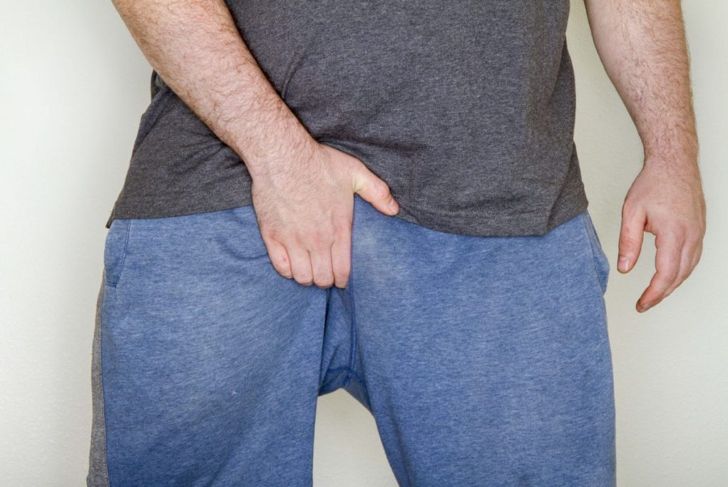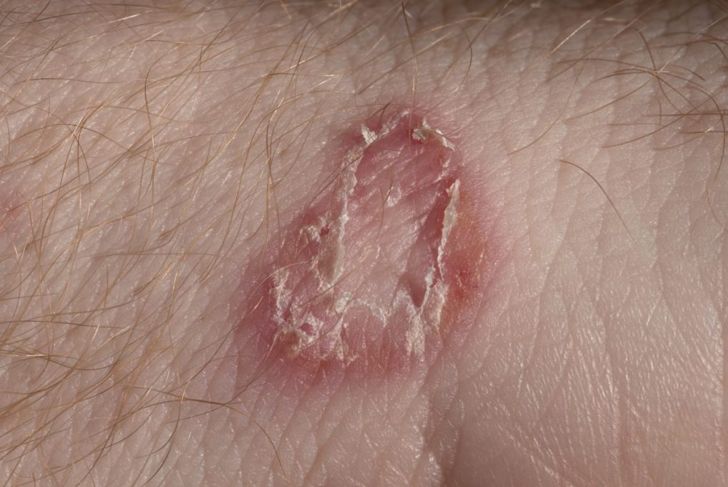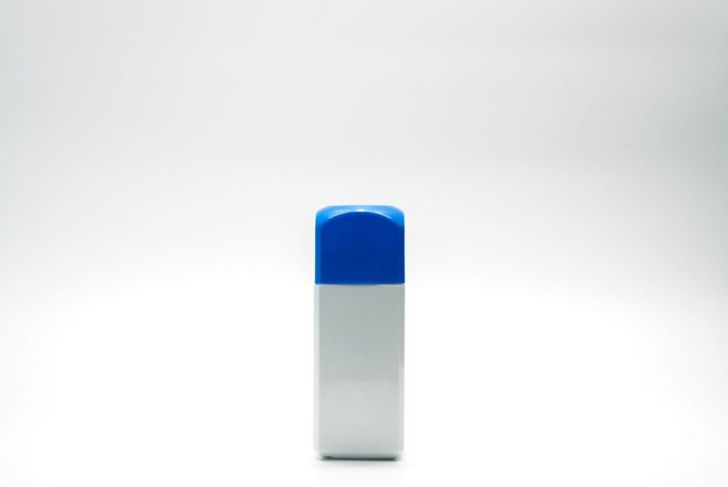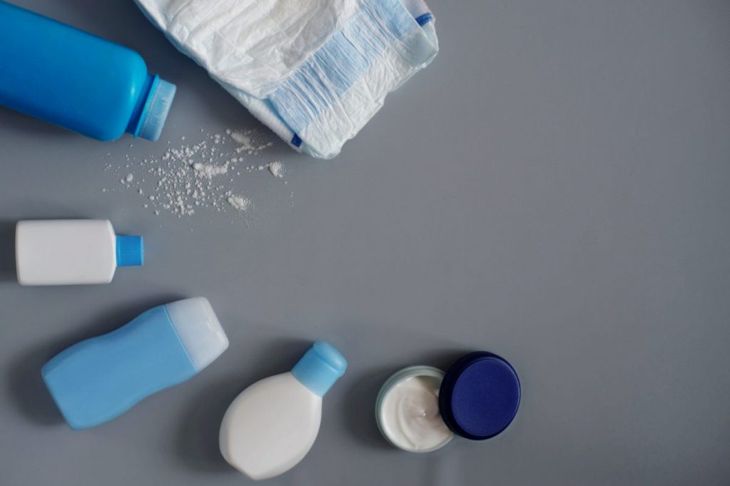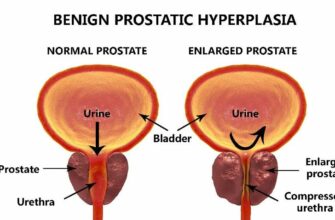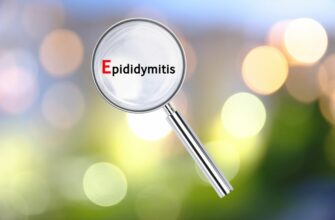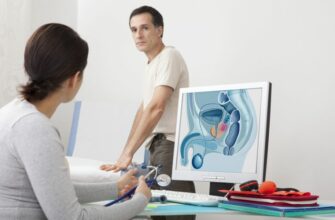Tinea cruris occurs in the groin of adult males and is caused by a fungus called dermatophytes. The fungus grows in a ring shape, almost appearing as though a worm is residing underneath the skin. Because of this, many people refer to it as ringworm. The condition is also known as jock itch, as it tends to be contracted in public locales such as change rooms. Furthermore, the same fungus is responsible for athlete’s foot and ringworm of the scalp. Symptoms of tinea cruris generally affect the upper thighs, groin, and lower buttocks, but not the actual genitalia.
Symptom: Swelling
Males who experience tinea cruris will find their inner thighs, lower buttocks and groin area swelling, though this symptom should not affect the genitals themselves. If it does, chances are tinea cruris is not the culprit and seeking further medical advice would be a good choice.
Symptom: Redness and Irritation
When tinea cruris infects the groin area, the rash tends to appear in a red, ring-shaped circle. This may appear as one single circle or multiple circles on the groin, upper thighs, and lower buttocks. The affected area will feel irritated and itchy, sometimes so intensely that it interferes with daily activities and sleep.
Symptom: Expanding Rash
When the telltale circular rash that accompanies tinea cruris appears on the skin, it may begin as a small circle and continue to expand outwards into a ring shape. The ring often looks like a worm is embedded in the skin, hence the condition’s common name: ringworm.
Symptom: Dry, scaly skin
The rash caused by tinea cruris often dries out and becomes very scaly after it has been present on the skin for a day or two. When this happens, blisters are not uncommon. These blisters may ooze or become crusty, especially after scratching or if clothing rubs up against the infected area.
Symptom: Changes in Skin Color
When tinea cruris infects the skin, the area surrounding the rash may change in appearance, becoming drastically darker or lighter. The color change shouldn’t cause any pain or other problems aside from appearance. The skin tone should return to its regular color once the infection heals.
Treatment: Antifungal shampoo
Men experiencing tinea cruris can find relief by using antifungal shampoo on the area. Shampoo that contains ketoconazole or selenium sulfide works best. Cleaning the affected area one to two times daily should help clear up the rash, and the symptoms should slowly subside. This treatment is ideal for mild cases of tinea cruris.
Treatment: Diaper Cream or Baby Powder
Zinc oxide-based diaper creams and baby powder can provide a great deal of relief for men who are experiencing itch and skin irritation. These products create a barrier over the rash, protecting it from excess humidity, which can further irritate the skin. Liberally apply these easy-to-find baby staples to the affected area several times per day.
Treatment: Topical Antifungal Creams
Men experiencing tinea cruris may want to try a topical antifungal cream. The infection can be treated fairly quickly with over-the-counter antifungal creams, though some individuals may need prescription-strength creams. The antifungal properties will fight the cause of the condition, and the cream usually provides some instant itch relief, as well, though it can take a week or so for symptoms to subside completely.
Treatment: Prescription Medications
In severe cases of tinea cruris where antifungal creams and home remedies aren’t strong enough, prescription medication may be necessary. Men who have been dealing with the symptoms of tinea cruris for several days with no improvement should speak to their doctor about antifungal medications. Taking medication in conjunction with antifungal creams and home remedies will relieve symptoms and treat the infection more quickly.
Treatment: Keep The Area Dry
Keeping the area dry is an important part of healing tinea cruris. Humidity and moisture can exacerbate the itch and irritation and promote the growth of fungus, which causes the infection to spread and worsen. Using powders on the area can help to absorb some moisture, but wearing loose clothing, drying thoroughly after showering, and allowing the groin to air out several times daily will have the best result.

 Home
Home Health
Health Diet & Nutrition
Diet & Nutrition Living Well
Living Well More
More
